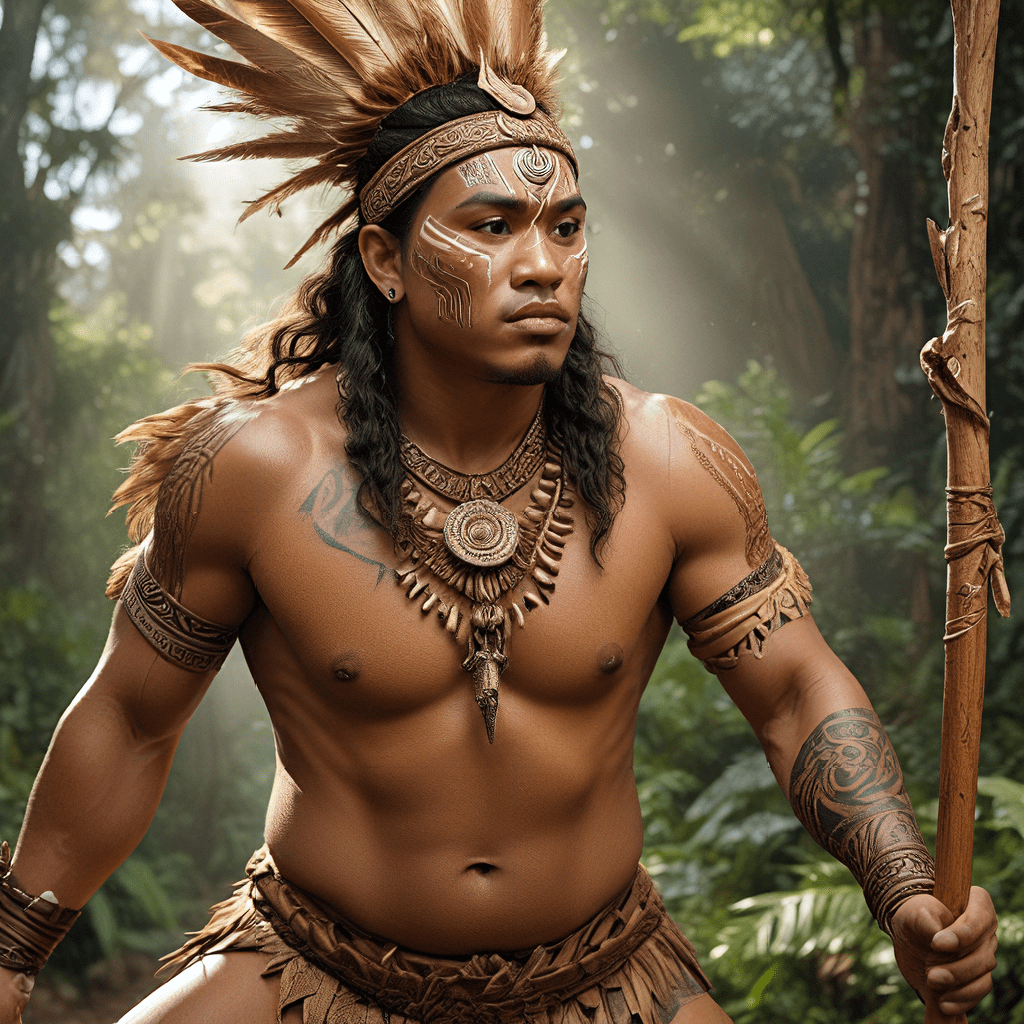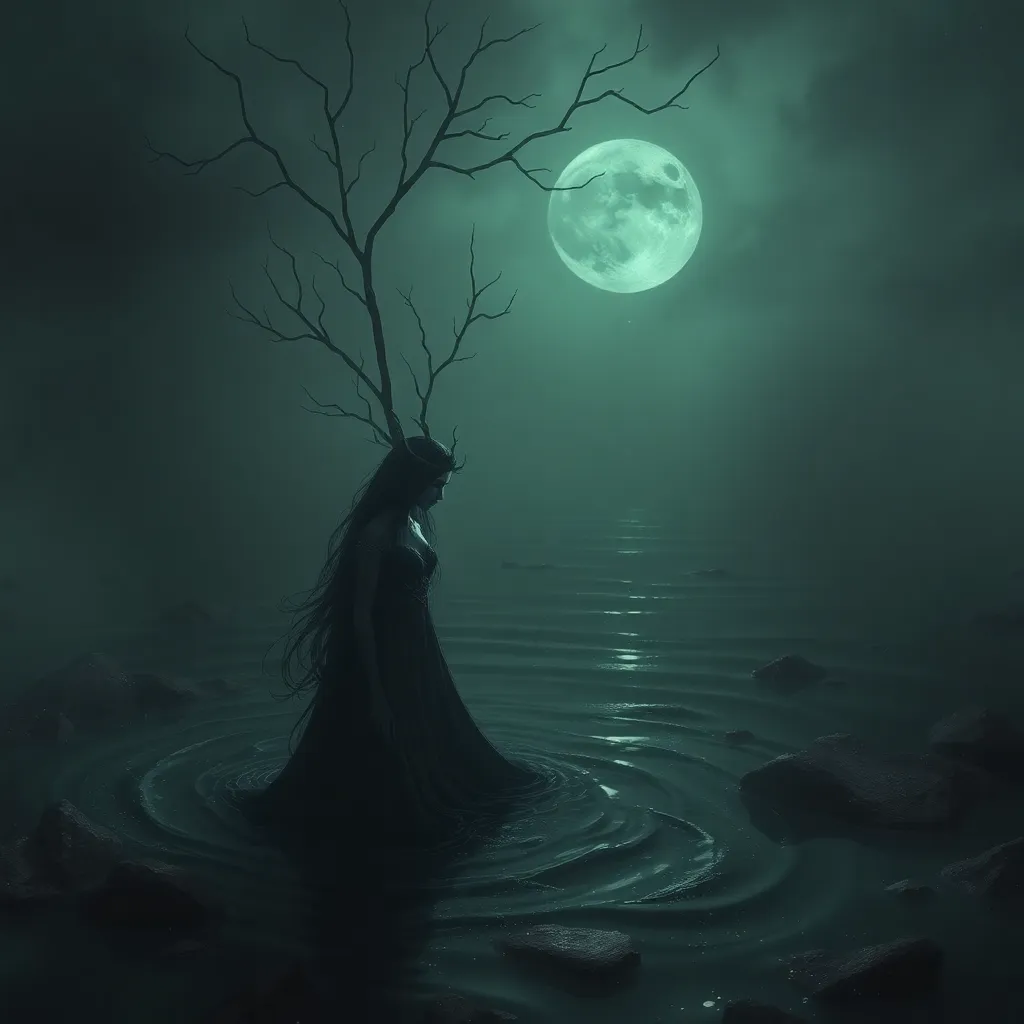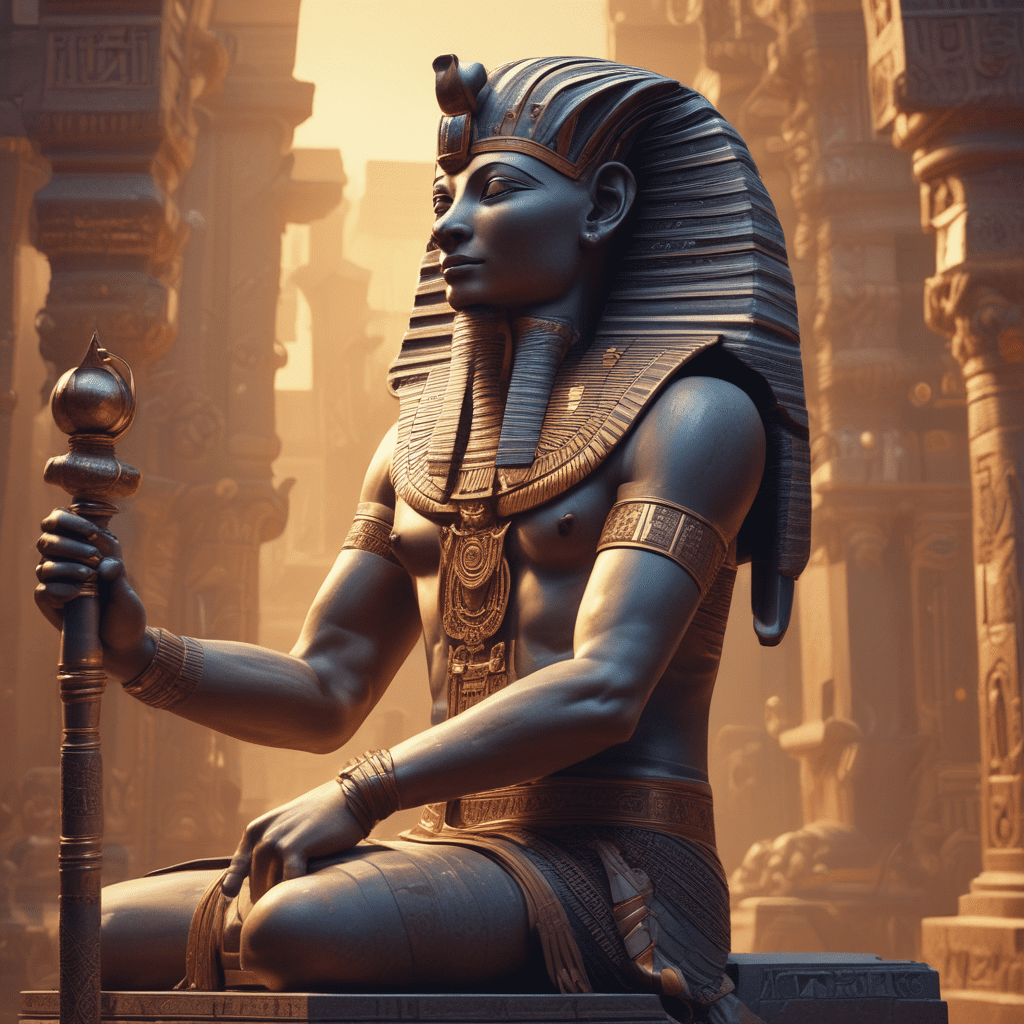The Tapestry of Māori Mythology: A Foundation for Healing
Māori mythology, a rich tapestry of stories and beliefs woven throughout generations, provides a powerful foundation for traditional healing practices. These narratives, passed down through oral traditions, offer a deep understanding of the natural world, the interconnectedness of all things, and the spirit realm that influences human health and well-being. Māori healing practices are not merely about treating physical ailments but encompass a holistic approach that addresses the mind, body, and spirit.
The Power of the Gods: Tūmatauenga, Rongo, and Tangaroa
The Māori pantheon of Gods plays a pivotal role in understanding traditional healing. Tūmatauenga, the God of war and human beings, represents the physical body. Rongo, the God of peace and agriculture, embodies nourishment and well-being. Tangaroa, the God of the ocean, symbolizes the emotional and spiritual realms. By understanding these deities, Māori healers gain insight into the interconnectedness of the physical, mental, and spiritual aspects of a person's health. The belief that these Gods influence the flow of energy and well-being guides the practitioner's approach to healing.
The Importance of Whakapapa: Tracing the Lineage of Healing
Whakapapa, the Māori genealogical system, is fundamental to understanding the interconnectedness of all things and forms the basis for traditional healing practices. It traces the lineage of people, animals, plants, and even the land itself back to the Gods. This intricate web of relationships underscores the belief that every element of the natural world holds a vital energy that influences human health. Healing practices, therefore, incorporate elements from the natural world, recognizing their inherent power to restore balance and harmony. Through whakapapa, Māori healers connect to the ancestral wisdom and knowledge passed down through generations, guiding their healing practices and imbuing them with deep meaning.
The Spirit World and its Influence: The Realm of the Ancestors
The Spirit World, or Te Po, is a significant part of Māori mythology and deeply influences traditional healing. This realm is where the spirits of ancestors reside, and their influence on the living world is profound. The ancestors are revered as powerful guardians and protectors, and their presence is believed to impact individual well-being. Māori healers view illness as a disruption of harmony between the physical body and the spirit world. They believe that ancestral spirits can both cause and cure ailments, and their rituals often aim to appease or seek guidance from these powerful beings.
The Concept of Mana and Tapu: Sacredness and Energy in Healing
Mana and tapu are core concepts in Māori mythology and play a crucial role in healing practices. Mana refers to the inherent power and energy that resides within all things, including people, objects, and places. Tapu, on the other hand, designates something as sacred or restricted. Māori healers recognize that illness can occur when a person's mana is depleted or weakened, or when tapu restrictions are violated. Healing practices aim to restore mana, cleanse the body of negative energies, and restore balance through rituals, ceremonies, and the use of medicinal plants.
The Role of the Tohunga: Guardians of Traditional Knowledge
The Tohunga, or expert, is a key figure in Māori healing practices. These individuals are considered guardians of traditional knowledge, possessing a deep understanding of the interconnectedness of the physical, spiritual, and ancestral realms. They are trained through generations of oral traditions to diagnose, treat, and prevent illness using a variety of methods rooted in Māori mythology and experience. Tohunga are not just healers but also educators, passing their wisdom down to future generations to ensure the continuity of traditional healing practices. They are respected for their knowledge and ability to connect with the spiritual realm, drawing on the power of the ancestors and the natural world to bring healing and well-being.
The Use of Herbs and Plants: Gifts from the Earth
The natural world plays a vital role in Māori healing practices, and herbs and plants are considered gifts from the earth with potent medicinal properties. Māori mythology abounds with stories about the origins and uses of various plants, each with a specific purpose and energy. These plants are often used in conjunction with rituals and ceremonies to enhance their effectiveness. For instance, the "Harakeke" (flax plant) is used to make "Rongoa" (medicinal preparations) to treat skin conditions, while "Manuka" (tea tree) is known for its powerful antibacterial properties. The Tohunga's knowledge of these plants and their properties is essential for creating effective remedies.
Rituals and Ceremonies: Invoking Healing Energies
Māori healing practices involve a variety of rituals and ceremonies designed to invoke healing energies, connect with the spiritual realm, and restore harmony between the physical body and the ancestors. These ceremonies often involve chanting, prayers, and the use of sacred objects. The "Karakia" (chant), for example, is a powerful tool for invoking healing energies and connecting with the gods. "Haka" (war dance), with its powerful movements and chants, is used to release pent-up emotions and restore balance. These rituals are not just symbolic but are believed to have a real and tangible effect on the individual's well-being.
The Whare Mātauranga: The House of Knowledge and Healing
The "Whare Mātauranga" (house of knowledge) is a significant place in Māori healing practices. It serves as a center for the transmission of knowledge and the preservation of traditional healing practices. These centers are often dedicated to specific deities or areas of expertise and are spaces for learning, healing, and community gathering. Here, Tohunga guide apprentices, share their knowledge, and perform ceremonies and rituals. The Whare Mātauranga symbolizes the importance of preserving and sharing traditional knowledge for future generations.
Modern Adaptations: Traditional Healing in a Contemporary World
Despite the challenges of modernization, traditional Māori healing practices continue to thrive. They have adapted to meet the needs of contemporary society, incorporating modern knowledge and technology while remaining true to their core principles. Māori healers are now working alongside Western medical practitioners to offer a holistic approach that integrates traditional knowledge with conventional treatments. This approach recognizes the interconnectedness of the physical, mental, and spiritual aspects of well-being, and it empowers individuals to take an active role in their healing journey.
FAQs
What are the main principles of Māori traditional healing?
Māori traditional healing is based on the belief that health and well-being are interconnected with the physical, spiritual, and ancestral realms. It emphasizes restoring balance and harmony through a holistic approach that considers the individual's mind, body, and spirit.
What are some examples of traditional Māori healing practices?
Common practices include using herbs and plants, performing rituals and ceremonies, seeking guidance from Tohunga, and incorporating whakapapa in understanding health and illness.
How have traditional Māori healing practices adapted to modern times?
Modern adaptations include integrating traditional knowledge with Western medical practices, incorporating modern technology, and promoting awareness of the value of traditional healing methods.
What is the importance of Māori mythology in traditional healing?
Māori mythology provides the foundation for understanding the interconnectedness of all things, the power of the Gods, the influence of the spirit world, and the concept of mana and tapu. This belief system shapes traditional healing practices and gives them meaning and depth.
How can I learn more about Māori traditional healing?
You can learn more by researching online, visiting museums and cultural centers, attending workshops, or connecting with Māori communities.


